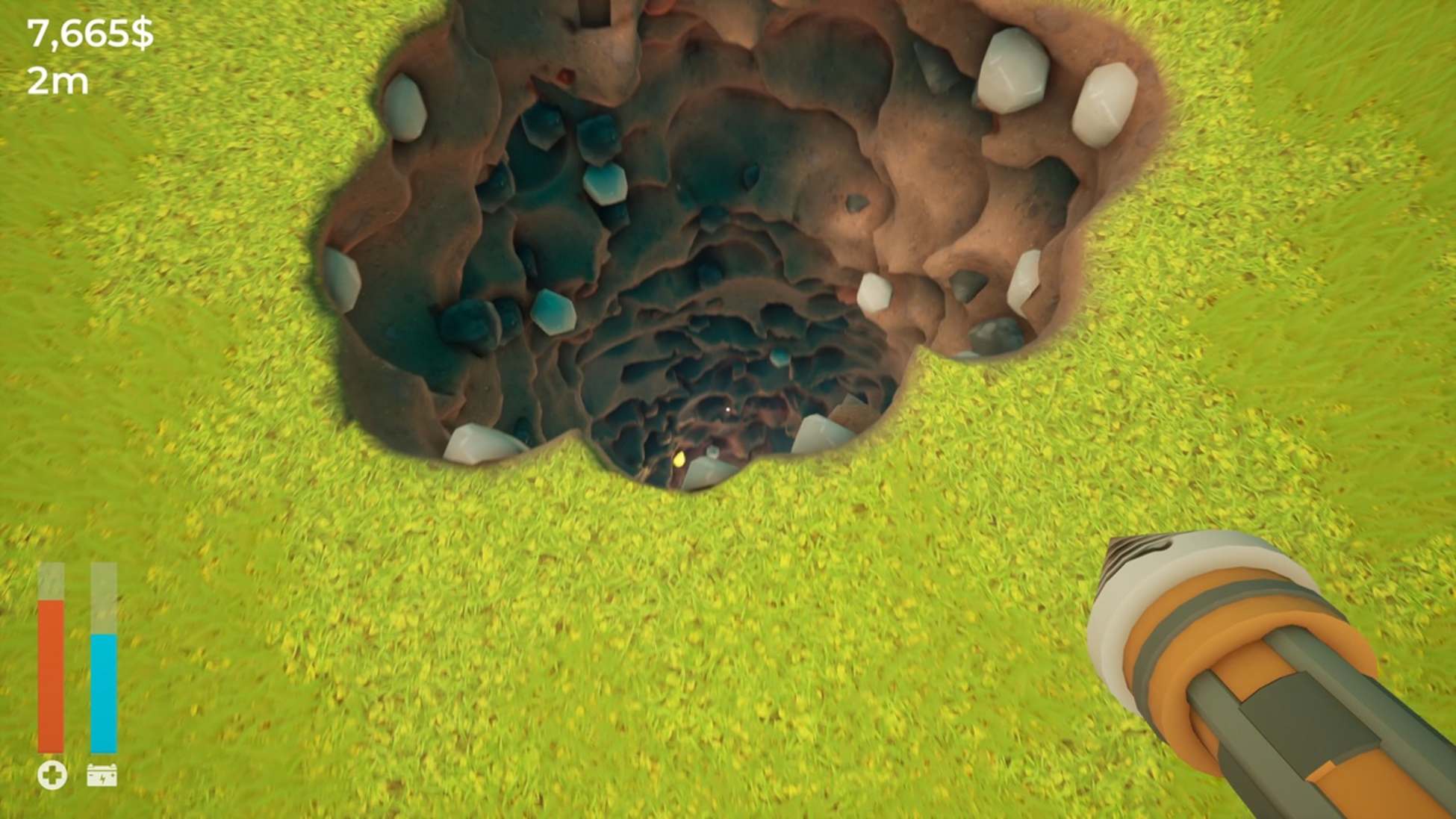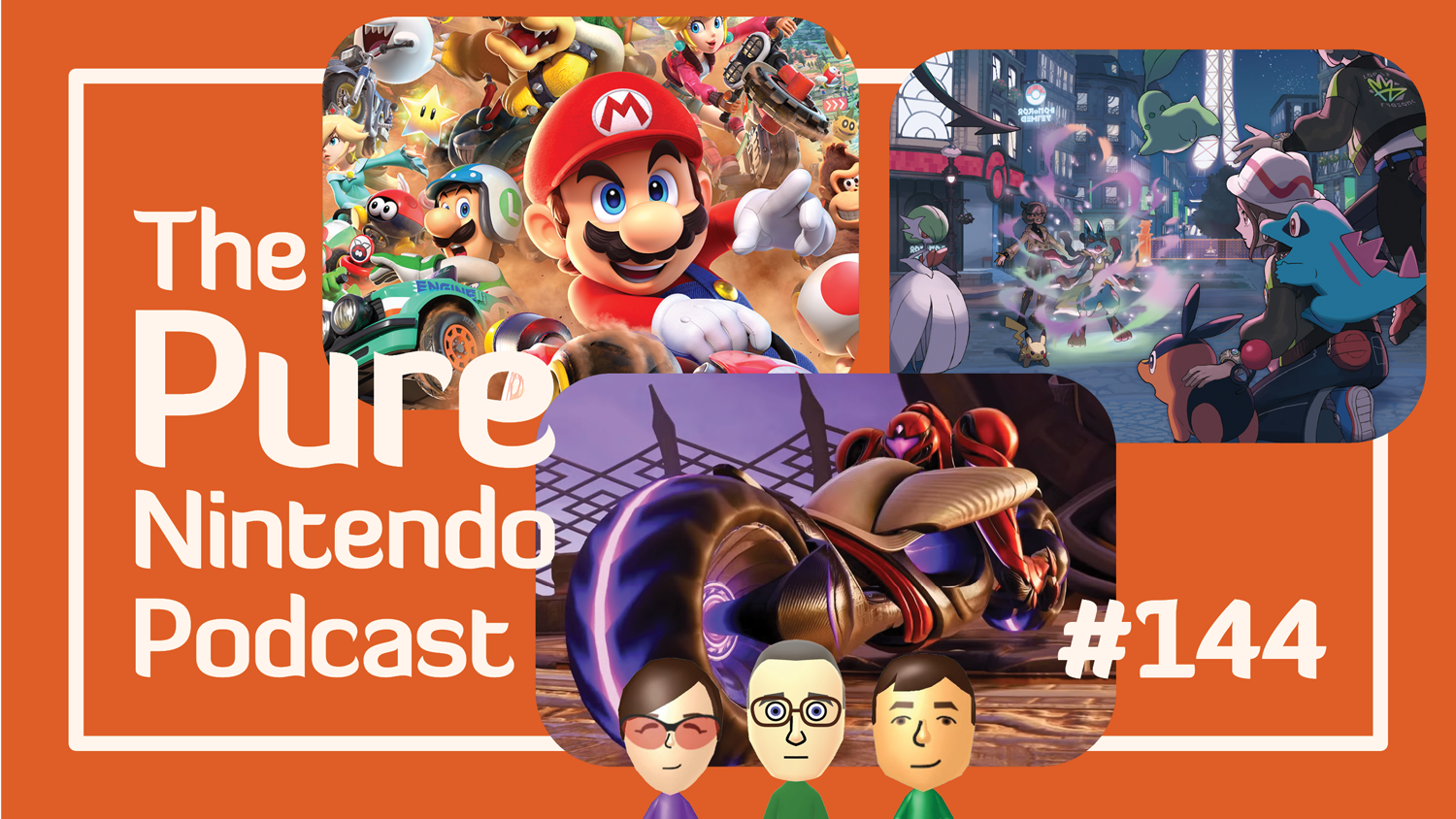The Plucky Squire Review – Review

For a lot of games to be successful, they need to grab your attention from the jump. The Plucky Squire came hot onto the scene during a Nintendo Direct back in 2022, and I’ve been keeping an eye on its development ever since. From freshmen developers All Possible Futures and famed indie publisher Devolver Digital, the game delivers a fairy tale story book aesthetic with a mixed media reality-bending hook. It presents well and is a game that I have shown off to people, if mainly for that eye-catching visual hook, but is it just a flash in the pan one-trick pony? Or is it more than meets the eye?
The Plucky Squire follows the tail of Jot, the hero squire of a children’s book series who always saves the day from the evil Humgrump. It’s a pretty idealistic scenario that generally ends the same way. That is until Humgrump figures out a way to banish Jot out of his own storybook. With the help of his friends and the magical wizard Moonbeard, Jot is able to jump in and out, while also interacting with the book itself to stop the villain before the kids that love the Plucky Squire books lose all interest. It’s a pretty straightforward story that has a few twists and turns along the way, but generally doesn’t stray too far from the standard hero villain quest. That makes it good but predictable. It’s pretty obvious from the jump what’s going to happen, and it doesn’t do much to surprise. So despite keeping a solid trajectory, it’s also less exciting, especially in the later dungeons.
The action of being exiled from the storybook is the main selling point of The Plucky Squire. Jot gets transformed from his classic hand illustrated paper hero to a fully 3D character that looks almost claymation in design. From here, you are free to move around the desk where the books are located, performing fun mini dungeons that, once completed, progress the story further. These dungeons are usually make-shift castles or forests made from paper crafts and other desk objects combined in an adorable way, and the puzzles have you turn from 3D to 2D and vice versa. You can also interact with your book to solve puzzles inside the pages. One example had me turning to previous pages to find an object I needed, while another had me lift the page only slightly to make a block that was blocking my path slide across the map. It’s a visually stunning mechanic that worked well when utilized.
The main crux of your exploration requires combat. At a very baseline level, combat is similar to the original Legend of Zelda. You have a sword and a roll, but that’s kind of it. During your exploration though, you will find collectable light bulbs that can be used to purchase new moves like a sword spin, sword throw or increased damage. These can also be used to purchase in game art as well. Although the new moves are rather unnecessary, it helped to break up the monotony that made up a lot of the combat. The enemy variation also helps but for the most part, it was boilerplate, which again isn’t necessarily a bad thing. Especially with the random smatterings of other types of mini games, it’s nice to have an anchor point.
Speaking of the incidental assortment of mini games, Plucky Squire is full of them. Boss battles can be paired down versions of punch out, stealth sections, drumming rhythm games or an awful bow and arrow shooting gallery. These kind of show up half haphazardly and are gone just as fast with little to no depth to them. The get in, get out type games that show up with no warning and are easily forgotten afterwards. Additionally, there are word puzzles strewn about the world, like you will see the story book text that says “the giant stone boulder blocked the path” and you can remove the word “stone” and replace it with a word from another sentence to make it a clear or cheese boulder that you can easily move of the path. These happen more than the mini games but are still just as easily forgotten. On any given storybook page, you will see 3 sentences, with only one word to be swapped out in each sentence, so there’s a finite amount of words to swap. It’s a neat puzzle mechanic that is used in the most obvious of ways that it rarely registered as a challenge.
That’s the biggest complaint I can say about The Plucky Squire. It’s slight, it’s as thin as the pages you turn in the game. All game mechanics present are fun but barely there and easily forgotten. The punch out sections could have been fun if that was more of a focus and built more into that style of gameplay, but it’s not. The word puzzle challenges could have worked so much better had it been expanded upon, but instead they are used so sparingly that it feels like a throw away. If that wasn’t enough, upon arrival in any puzzle area, the camera pans to all parts of the puzzle giving you all the pieces in play, and multiple hint systems in place throughout. It’s like the game gives you the simplest puzzles possible to not hinder your progress, and even then, it screams the solutions at every turn. It’s like the game doesn’t trust you to figure it out on your own. The Plucky Squire feels almost insultingly easy.
Developer All Possible Futures has done enough to prove they can really create something visually stunning while also weaving together a whimsical fairy tale story. On the other hand, it also feels like they had something to prove, with too many ideas, and instead of honing in on any one or two, decided to shove them all in at once. Even with all my complaints, it never took away from the fun that’s inherent within the simplistic gameplay and story. With all the mini games and mechanics being so slight, any grievances were short lived as I progressed further into the games 8 hour run time. The game really moves at a pretty brisk pace, with a slight drag at the finish line. Outside of that, I would definitely recommend The Plucky Squire, if anything for that visual 2D hand drawn art transition to 3D. It’s a neat trick and one I’ll remember for some time to come. This is a case for games as an artform, even if it’s technically shallow.




